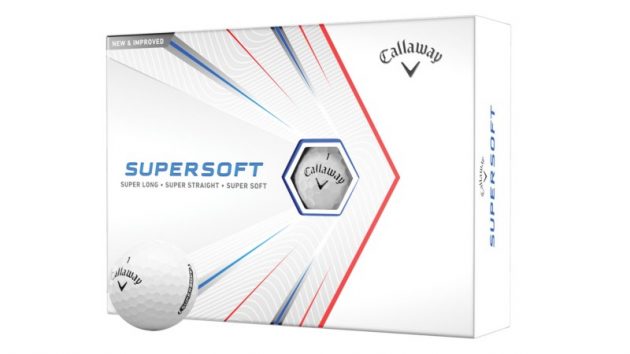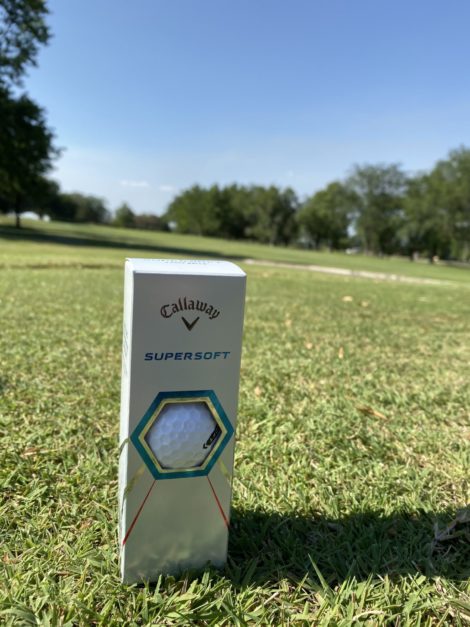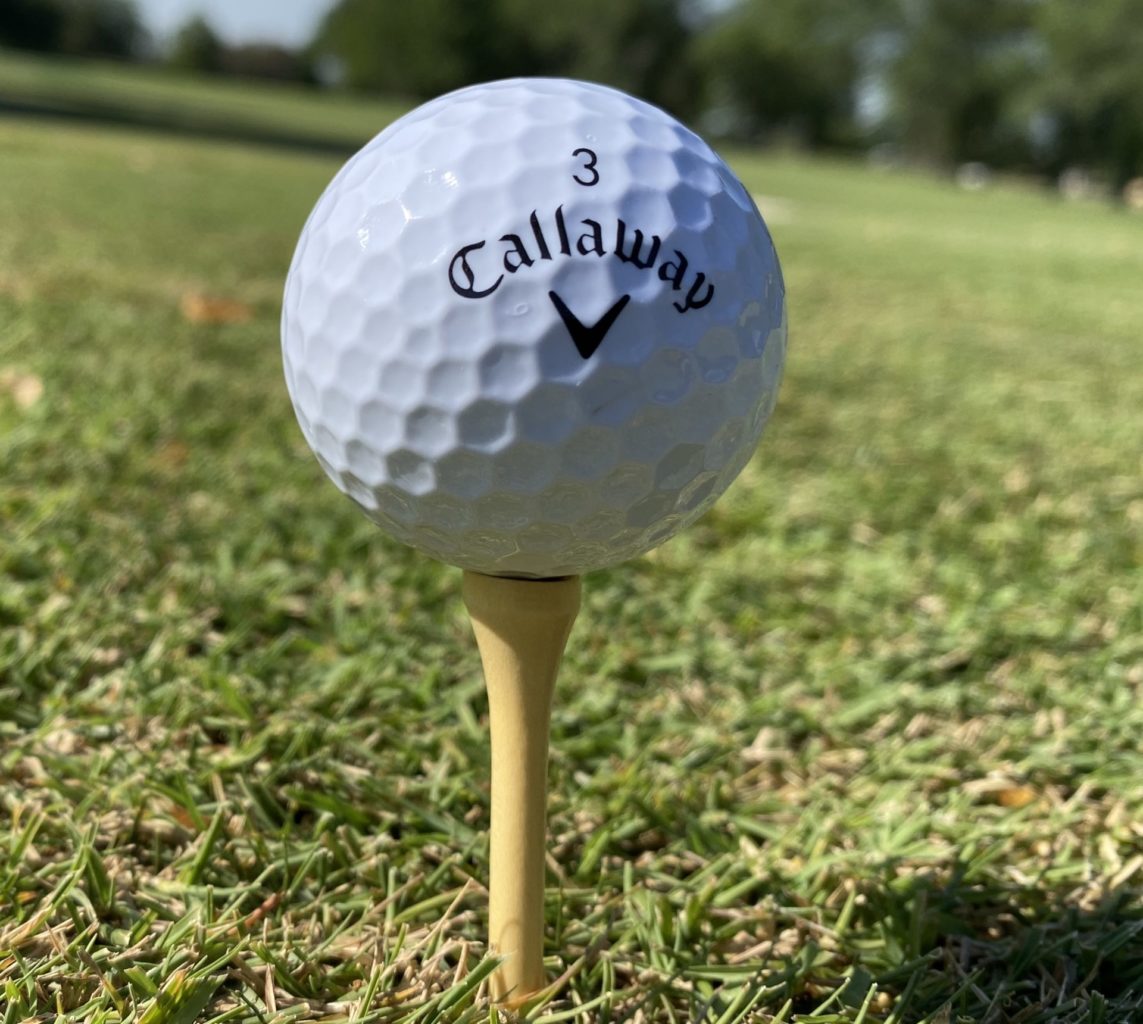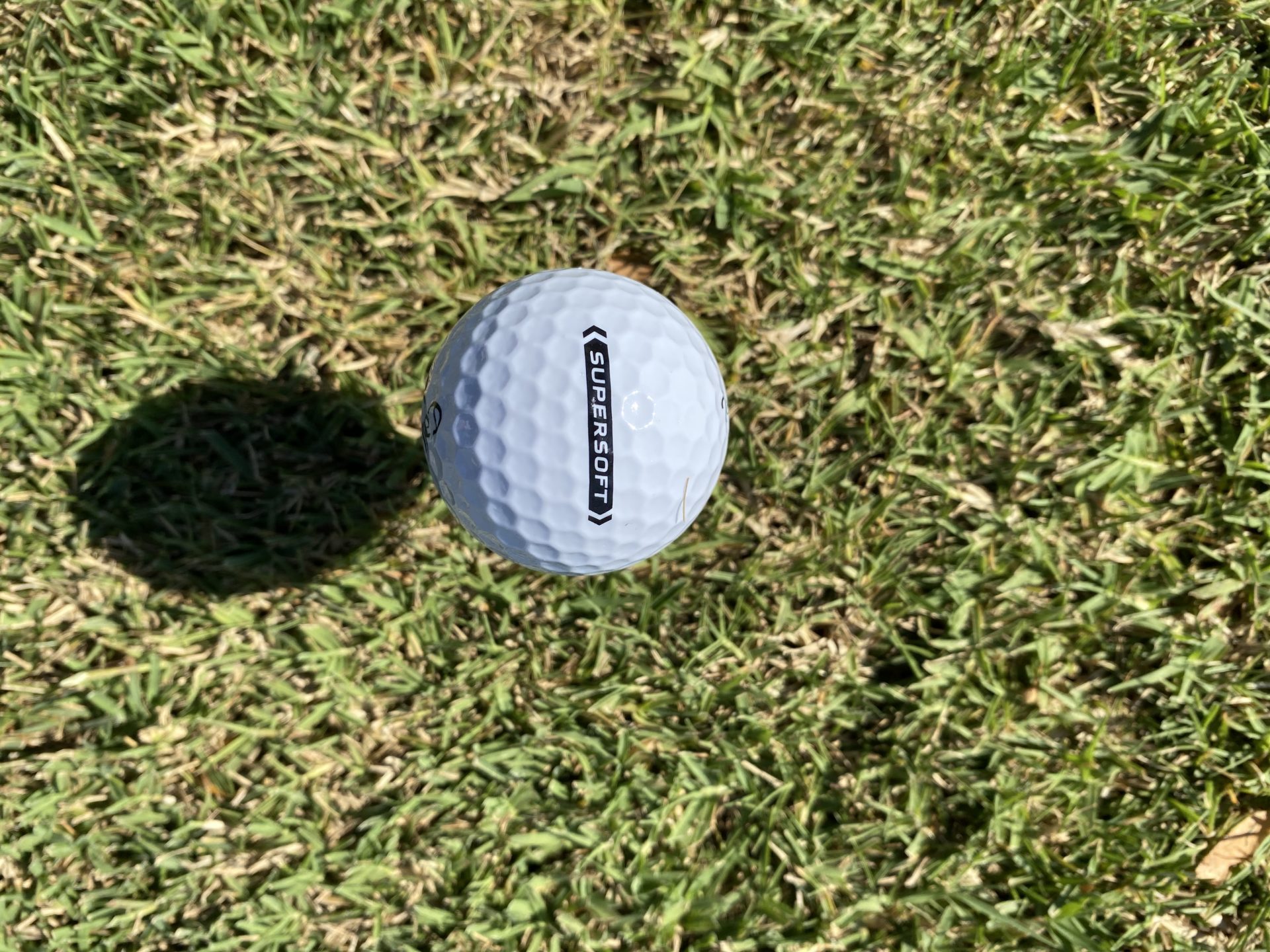I’m not sure there’s a golf product of any kind that’s more appropriately named than Callaway’s Supersoft golf balls.
Specifically, on and around the green, these golf balls are just, well… soft. Like really, noticeably soft.
Supersoft, you might say.
Does that make them awesome? Not necessarily. I’m not sure choosing a golf ball based solely on how it feels off your wedge or putter makes a lot of sense.
But for the right golfer, there’s more here to like than just the softness. There’s distance, potential reduction of slices and hooks and help with getting the ball elevated. Oh yeah, and price.
For the wrong fit, the Supersoft might not be any better than dozens of other low-to-mid-priced options.
Let’s dig in a bit further to see who might benefit from playing the Callaway Supersoft.
Callaway Supersoft Golf Balls: What They Are and What They Are Not
First of all, this is not a premium golf ball. It’s not constructed that way, and it’s not priced that way.
This is a (relatively speaking) inexpensive, two-piece ball. You can find them all day long for $25 or less per dozen. Leading premium tour balls – like the Titleist Pro V1, Callaway Chrome Tour, TaylorMade TP5 or Bridgestone Tour B – generally cost at least twice as much.
A two-piece golf ball, like the Supersoft, of course, has just a large core and then the outer shell.
Multi-piece balls have multiple and varying cores. Different properties of the ball’s cores are activated depending on the varying swing speeds that come with different types of shots. That translates to better spin enhancement and touch.
So less technology and materials in a two-piece ball like the Supersoft means less cost and a lower retail price.
That said, the Supersoft does deliver a ton of technology. Callaway partnered with Dow Chemical to develop an innovative chemical called Paraloid that is added to the hybrid cover to allow for a super soft feel in a low compression ball.
This isn’t like hitting your typical two-piece golf ball that feels like a rock. Feel-wise, this is much closer to the feel of a premium ball than a cheap ball.
You also get Callaway’s patented hexagon dimple design that they say is more aerodynamic than the classic circle dimples.
A Bit of Context Regarding This Review
For as much as I love golf, I suck. Ok, maybe suck is a bit of a harsh word. I’m the golfer who’d like to be better, who’s actively trying to get better, but who hasn’t yet cracked the code.
I’ve only somewhat recently gotten serious about my game, so I think there’s potential for some significant improvement, and things are definitely trending favorably. But for now, I can’t hide from what I am – a 16 handicap.
In other words, on paper, I’m a prime candidate to play the Supersoft ball, which is generally marketed as an affordable ball that goes long and straight but with a soft feel.
In large part, the Supersoft is for the golfer whose game can’t justify paying the price of a premium ball.
As a low compression ball, the Supersoft is designed to maximize distance for slower swing speeds.
But while I’m a 16 and while I don’t know my exact swing speed, I still swing fast enough to have been fitted for a stiff shaft driver.
The Supersoft is also a low spin ball. And while that impacts around-the-green performance (more on that in a minute), it also means reduced side spin for less pronounced hooks and slices off the tee.
When I get loose with my driver swing, I often overcook a draw into an uncontrollable hook.
So while I check most of the boxes of being a candidate for the Supersoft, my swing speed keeps me from being the perfect fit.
Let’s hit some shots to see if the results line up with the expectations.
Looking for an incredible soft ball that's super forgiving? Look no further than the Callaway Supersoft. It's one of the best-selling balls in golf for a reason.
The Callaway Supersoft Golf Ball in Action
While my game doesn’t justify the price of a premium golf ball, I nonetheless play mostly Pro V1s. Why? Because I live across the street from a country club where most of the golfers – for reasons of skill or disregard for price – play Pro V1s or Pro V1xs.
Related: Do Vice Pro Plus Out-Perform the Pro V1?
I regularly walk my dog along the out-of-bounds to the right of the first and second holes. It’s like a new Pro V1 buffet. Because it’s the first two holes and because there aren’t any cart paths or sidewalks to carry, most of the lost balls seem to still be in mint condition.
So that’s why I play with those golf balls. Say what you will. They are too readily available, and I’ve come to enjoy the performance too much to consider changing.
As it pertained to checking out the Supersoft, I was curious to study the differences between the gold standard premium ball with one marketed more towards my level of play.
What I found was that the further I was from the green, the more I actually preferred the Supersoft over the Pro V1.
First of all, I really couldn’t feel much of a difference with my driver, fairway woods or irons. To me, when I pured a shot, the Supersoft felt every bit as good as the Pro V1. I can’t really give the nod to either ball in that regard.
Using the Callaway Supersoft with a Driver
When I hit my best drives, the Pro V1 outperformed the Supersoft in terms of distance. My best drives with the Pro V1 ended up, on average, about 8 yards further than my best drives with the Supersoft.
But I found that my more squirrely shots were better tamed with the Supersoft than with the Pro V1. I really did experience that advantage of less sidespin. My offline shots (minus a dead pull or straight push) were less wild with the Supersoft.
For me, that was a big eye-opener. A lot of the reason for my higher-than-hoped-for scoring is that I regularly put myself out of position off the tee. If a ball can potentially make the difference between being in the rough rather than in the trees on some of my drives, I’m interested.
While I, of course, love the extra distance of the Pro V1 on my best drives, I think for me, increased control is of higher importance.
Supersoft with 7 Iron
I have to say, I didn’t see a ton of difference between the Supersoft and Pro V1 with my iron shots.
The Supersoft did fly a bit higher. Enough so for me to notice, but nothing that I would term as drastic.
As for total distance, they were almost identical on average over the course of 10 shots with each.
And again, feel wise, they were both very similar. I’m not sure I could have picked out the difference in a blind test.
56 Degree Wedge
It’s with your wedges where the Supersoft starts to earn its name. The feel off the clubface is noticeably softer than any ball I’m used to playing.
I found that I really enjoyed the soft feel on little pitch and chip shots. The feedback I got in my hands for me promoted a feeling of touch and shotmaking.
Unfortunately, the actual performance told a different story.
The Pro V1 clearly came away as the champ. There just was no competing with the Pro V1’s predictable pattern of hop, hop stop. Over and over, the Pro V1 was consistent and reliable. If I hit my spot, I knew that the golf ball would do its job.
The Supersoft, on the other hand, certainly wasn’t bad. But instead of consistently being able to count on the ball hitting the brakes on a standard, short, uphill chip shot, the Supersoft has a bit more roll out. Sometimes it rolls out just a foot. Other times it’s a few feet or more.
Obviously, the way I’m striking the ball has the biggest impact on where it ends up. But I hit enough shots to be convinced that these two golf balls are not in the same league when it comes to greenside performance.
Putter
The Callaway Supersoft feels and sounds so soft off the putter face that I am certain I could pick it out in a blind test with a bunch of different golf balls. It’s sponge-like in feeling and there’s not the familiar “click” that you hear with most golf balls.
I dare you to hit a handful of putts with this ball and not mutter the word “supersoft” at some point. It’s exactly what comes to mind.
Personally, I loved the soft feel with the putter. Just like with pitch and chip shots, for me, it promoted a feeling of touch.
I could see where other people may have the opposite take on that. Too soft might mean not enough feedback in the hands for some golfers.
I can’t say that I necessarily putt any better with either ball. And while I liked the soft feeling and sound, it wouldn’t be reason enough for me to play the ball based on that alone.
Final Impressions on the Callaway Supersoft
There’s a lot to like with the Callaway Supersoft golf ball.
If you’re like me, maybe can’t justify the price of a premium golf ball. And if you’re unlike me in that you don’t have an abundance of free golf balls readily available, I think the Supersoft is worth your consideration.
At half the price of a tour ball, finding a ball that works for you in the Supersoft price range should be a no-brainer for many golfers. It’s a bit silly to spend $50 or more for a dozen balls that you might lose after only a few rounds of play.
For me, it’s a really tough call.
On the one hand, my game could benefit from the low spin of the Supersoft ball.
On the other hand, my game could benefit from the increased spin of a premium ball.
It all comes down to which shot I’m hitting.
With the driver, the Supersoft’s reduction in sidespin allowed for straighter overall shots. I did sacrifice a bit of distance, but I think the increased accuracy makes it a good tradeoff.
Around the greens, however, the Supersoft can’t compete with the Pro V1. And if you’re like me and miss the green more often than you hit it, chipping becomes a regular part of your game. Having a ball that performs predictably gives you real potential to shave shots off your score.
With fairway woods, irons and putter, I’m giving the nod to the Supersoft if for no other reason than price.
In the end, for me, this golf ball has its place in my bag. I think it’ll come down to how I’m feeling about my game on a given day.
If I’m struggling to keep my driver in play, that might be the day for the Supersoft.
If I’m confident with my driver, I’ll likely opt for the increased greenside spin of a premium ball.
Is the Callaway Supersoft for You?
If you’ve got a below-average swing speed, try the Supersoft. You should pick up some distance.
And if you value driver accuracy over greenside performance, I think this ball would be a good fit.
If you’re someone who likes to work the ball and needs that enhanced side spin, this isn’t the ball for you.
And if you’ve come to rely on the spinny performance of a premium tour ball around the green, a cheaper golf ball like the Supersoft might get you close but it’s going to disappoint in the long run.
As prescribed in our How to Choose the Best Golf Ball for Your Game guide, consider your skill level, your swing speed, and your budget.
For a great many golfers, the Callaway Supersoft is a ball worth checking out. It’s inexpensive and it performs as advertised. If you can live with or even benefit from less spin, this is the golf ball for you.
This page contains affiliate links. This means that if you click a link and buy one of the products on this page, I may receive a commission (at no extra cost to you!) This doesn’t affect our opinions or our reviews. Everything we do is to benefit you as the reader, so all of our reviews are as honest and unbiased as possible.
Looking for an incredible soft ball that's super forgiving? Look no further than the Callaway Supersoft. It's one of the best-selling balls in golf for a reason.
Other Golf Ball Reviews
- Vice Pro Plus Review – A Tour quality ball at a more budget price.
- Taylormade TP5 Review – Does it give the ProV1 a run for it’s money?
- Noodle Golf Ball Review – A surprisingly decent option for high handicappers on a budget
- Bridgestone e6 Review – Another solid option when compared to the Supersoft.





